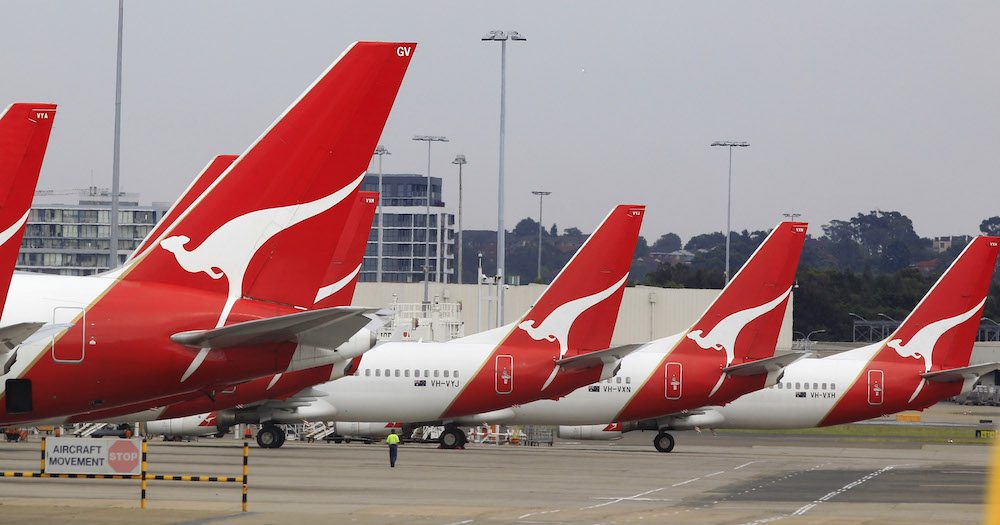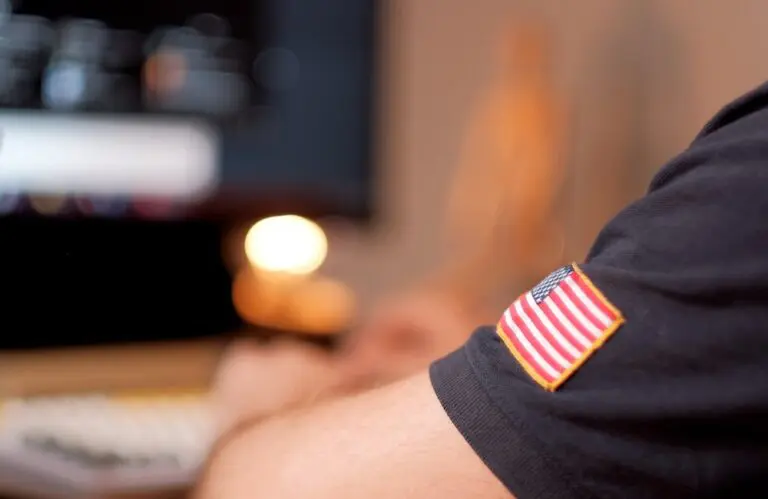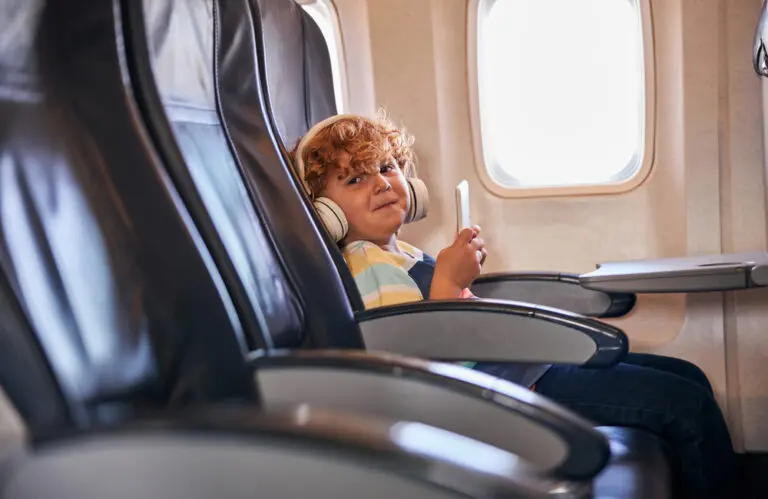When you hear ‘long term parking’ at airports usually refers to your car. However, during these unprecedented times, airlines around the world are going into some form of hibernation, and the aircraft is looking for somewhere cosy to hang until it can fly high once more.
The experts at Qantas have posted all about what it’s like to put planes into hibernation with long term parking, while also maintaining healthy social distancing requirements… obviously!
“Parking a plane isn’t a simple as locking up your car and walking away. There’s a lot we need to do before these aircraft enter hibernation.”
John Walker, Head Maintenance at Qantas
According to John Walker, Head Maintenance at Qantas, all aircraft are given some TLC before being put to bed.
And even while they’re asleep there’s a lot of work to do…
Airplane sleepytime
There’s heaps to think about when putting these planes down for a little snooze.
Firstly, you have the cleaners. “Deep cleans” inside and out are important for the aircraft maintenance, and include disinfecting all surfaces and a good vacuum.
Then, you have the tyres. All aircraft need to have their wheels rotated every seven to 14 days while in snooze mode, either by being towed around the tarmac or by using a jack to hoist them in the air to spin the wheels.
This prevents having to replace the tyres due to “flat spots”. Hydraulic fluid is also applied on to the landing gear to protect it from rust.
The engines require a lot of TLC as well. When you think, a single A380 engine is worth about $US25 million – you understand why it’s rather high maintenance!
The inside of the engine must be moisture-free, so giant versions of those silica moisture absorption sachets – you know, the things that you get in your new handbag – are inserted.
Qantas explain that one A380 requires over a hundred kilos of these moisture absorbers to maintain humidity levels in the cabin and engines.
Think of how many new handbags you’d need to buy to collect all of those!
Much like a car, the aircraft engines need to be fired up every seven or 14 days. The rest of the time, a cover is put on the engine cowling to protect it from dust and bugs. In fact, all external holes of the aircraft need to be covered to avoid insects and birds from calling squatters rights and nesting inside them.
All up there’s more than 200 Qantas Group aircraft, including Jetstar’s fleet of Boeing 787 Dreamliner parked at QF major airports around the country.
Engineers from Qantas and Jetstar are quietly tending to these sleeping beauties, and are very much looking forward to the day when they can welcome passengers back on board and take to the skies again.
#togetherintravel
Click here for more information.





